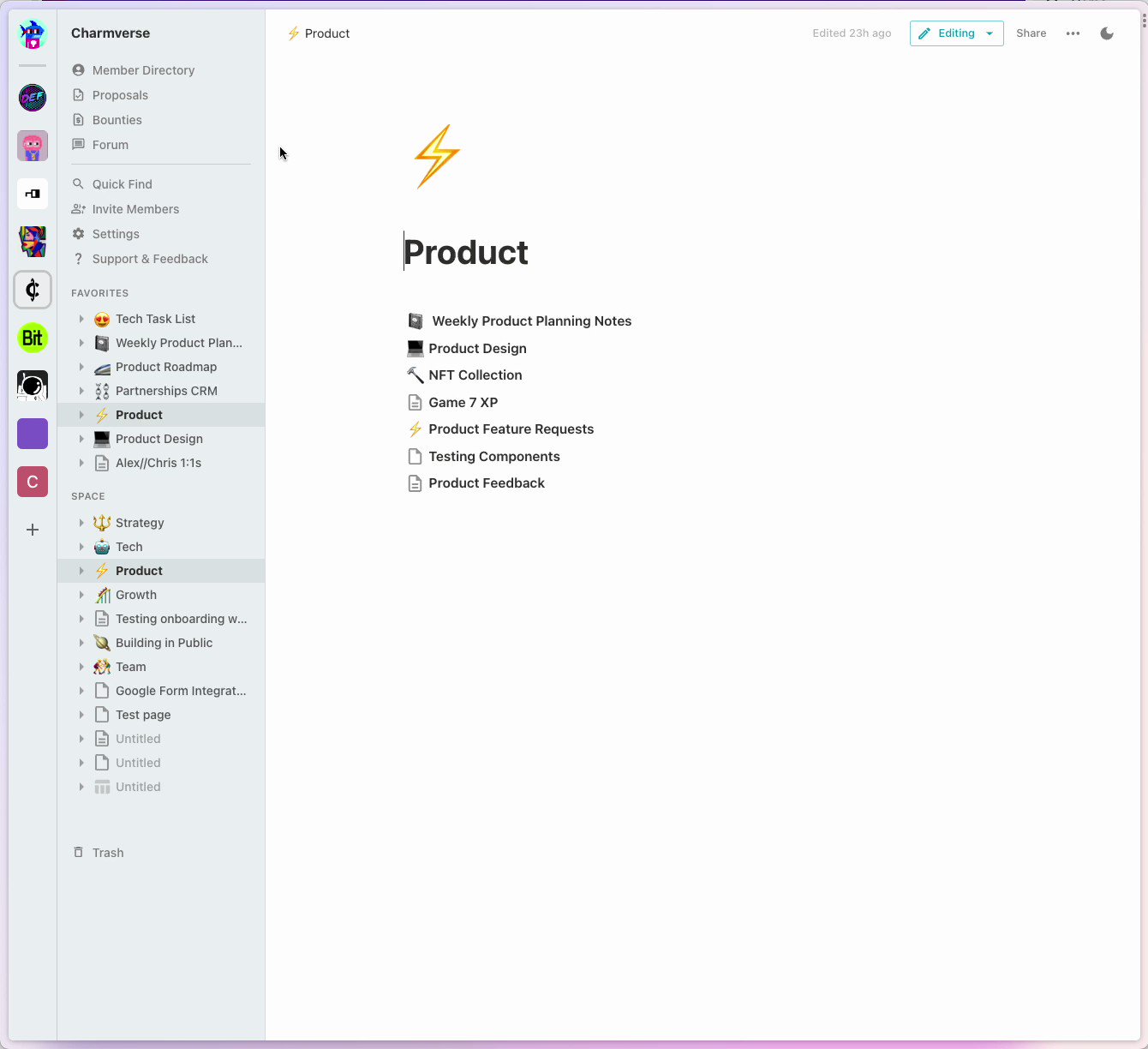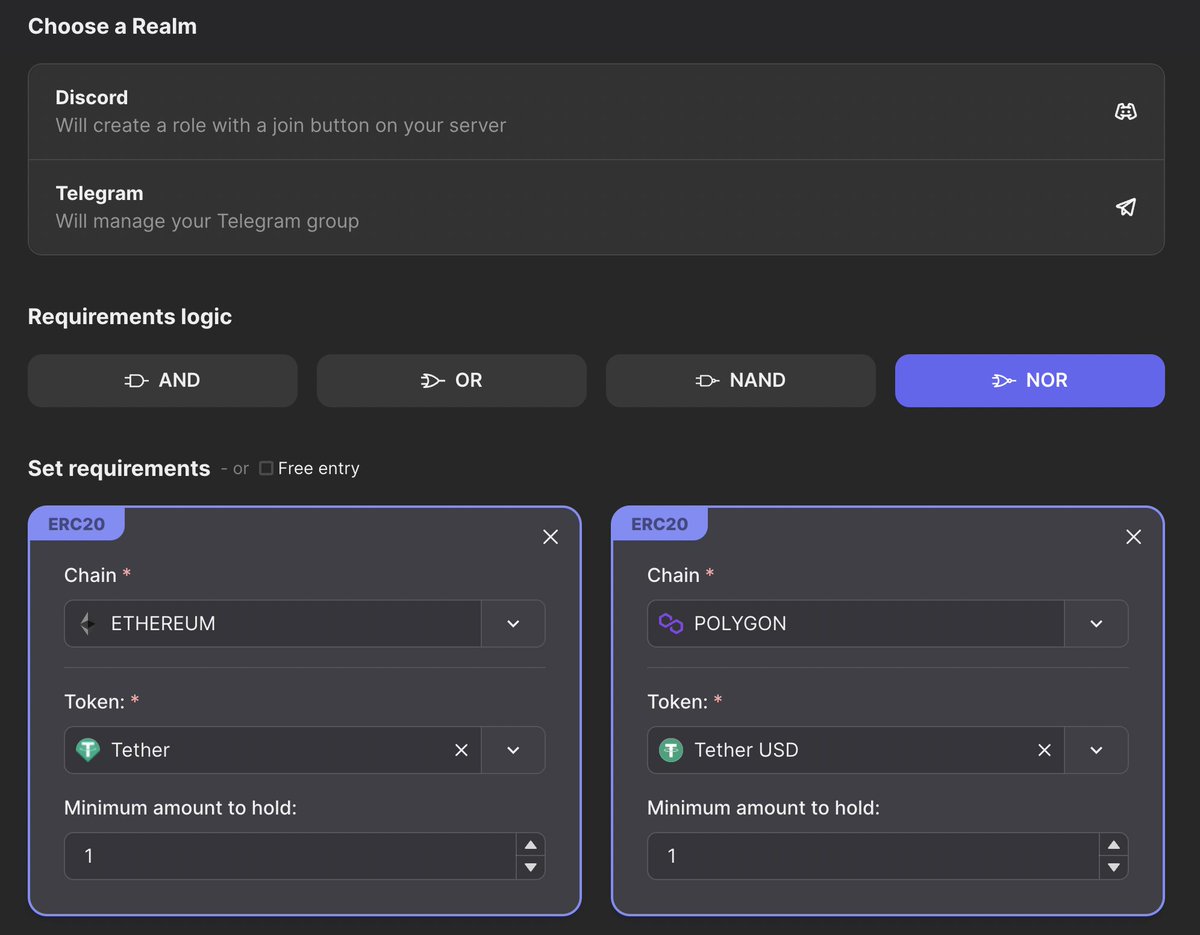
Future of [Work] is DAO
pt.1 What is a DAO?
Future of [ ] is DAO. Anything you put in the blank makes sense. Like Future of Kimchi is DAO. But what Future are we talking about? I want to argue that the Future of [Work] is DAO.
But what are DAOs? How are they different from the current organizations? There are as many different answers as how many DAOists you ask(even those who work in the same DAO all draw different cartographies). For today’s comparison, let’s look at the tools they use to do what they do better. So we can backtrace whatever they do!
Web2 tools are arguably more familiar, so let’s quickly review one example: Asana.

Asana helps you streamline and manage goals, milestones, timelines, tasks, dependencies, etc. It is all about hitting the goal and maximizing efficiency.
So what is the Web3 Asana? The closest I could find was Charmverse. As you can see below, it’s more like Web3 Notion. (Please let me know a better example) The reason for such absence, I think, is that efficiency is not the vibe. Web3 is more about sustainability (More in Vitalik’s blog) and is too spontaneous to keep all the structures relevant.

The difference between Web2 and Web3 resides in the first chunk of the sidebar: Member Directory, Proposals, Bounties, and Forum.
Let’s take a closer look.
Like a nation with a travel visa, green card, and citizenship, a DAO has different layers of membership, with relevant Role&Responsibility and perks. (Most DAOs are infants and have no bureaucracy built in. R&R here does not mean micromanaging peers!)
Have you seen the role-setting functions in Discord? The permission stacks are granular and composable like read, write, listen, speak, react emoji, invite, etc., per channel/category per role.

Such functionality accommodates DAOs well with their ever-expanding membership design space. For example, BanklessDAO has four levels of membership:
Guest Pass: 14-day travel visa! Anyone can apply, and existing members of the community grant it.
Level 1: members need to hold a minimum of 3,500 $BANK tokens to align incentives with the community
Level 2: active contributors need to be nominated, vouched, and voted in by other members to become L2
Level 3: whales need to hold 150k $BANK
So the first entry is rather permissionless, but to climb up the ladder, you must give some blood and sweat(blood refers to money, and sweat means contribution. Read more about the MolochDAO membership). So how does it work? Is someone hired to look into everyone’s wallet and check the $BANK balance?
Verification is the key feature of blockchain, and Web3 tools help DAOs verify all sorts of requirements. Guild, for example, offers AND, OR, NAND, and NOR conditions to mix-match your kind of token gating. Integrate the Guild bot into your Discord server, set the rules, and watch automation happen.

What about Charmverse? You can token-gate each page or the forum itself. It’s a token-gated subreddit!
In a DAO, no central authority tells anyone what to do. You need to figure out what you can do for the community. There is, however, a standard operating procedure: if you have an idea, do a temp check on Discord. Draft a proposal, and discuss it more deeply with more people in the thread. Finally, put it up for a vote! And then iterate. (More reading? Anticapture)
Osmosis Support Lab is an example of a hard-coded team structure in Web2 becoming a proposal in Web3. OSL seasonally submits the request for funding with specifications on what to expect in return. The amount is transferred to the OSL Multisig Wallet if the vote passes. The deliverables may or may not be shipped, but OSL delivered and is iterating on the next proposal!
Compared to corporate jobs, working in DAOs means you spend more time participating in governance. (membership grants you governance power! like token voting) Charmverse and Discourse offer a voting function within the proposal page, or you can integrate voting-specific tools like Snapshot. A fun example of Snapshot is ENS’ bot-catching proposal. Look at all those bots that participated in DAO governance!

My aha moment with DAOs was when I, a random anon online, could join a meeting on deciding appropriate legal wrappers for the DAO. I fell in love with the open, public, permissionless collaboration. (More on open contribution)
Will Future of Work be bounty hunting? It sure sounds more exciting than 9-6 desk jobs! So then, let’s dive into the present state of bounty hunting.

Dework is the Web3 version of Trello, plus bounty and credentials. Anyone who can deliver shall earn the bounty and the onchain proof of a job well done. If your initiative needs a contributor, you can turn a task into a bounty or approach someone with the proper credentials. If you are pursuing a career in Web3, your POAP collection, and Dework certification will replace your resume.
As resumes show the lack of a better filter for applicants according to the proof-of-work, monthly wage represents the friction of banking transactions. But with tools like Superfluid, we can stream salaries! Money is software in Web3, and we will no longer talk about stock and interval but about flow and bandwidth of income!
Compensation tools like Coordinape change performance review 180-degree. How do we distribute rewards to each contributor? Based on 360-degree peer review! Here, all project participants start with 100 $GIVE tokens. (You can only GIVE the $GIVE tokens!) The decision to distribute the tokens is entirely up to you. And at the end of the day, we calculate each member's share of $GIVE tokens and proportionally give out the actual reward.

Section 2 already covered forums and proposals, so now let’s explore other DAO tools. A lesson learned from Web2 tooling was that integration is key, so Web3 tools are born ready with composability. The integrations center around Safe, a treasury management tool, since DAOs are often about pooling and coordinating around the shared resource.
Safesnap (now called Reality) integrates Snapshot and Gnosis Safe (now called Safe). The voting result of Snapshot automatically triggers the execution on Safe. Most tools that require transactions with the shared bank account of Web3 are composable with Safe, like the former Superfluid and Coordinape examples.
Composability strengthens the network effect of DAO toolings, leading to exponential growth. Welcome to “the Cambrian Explosion of Org Legos”!

The history of modern corporations can go as far back as East India Company, a joint-stock company founded in 1600. They are optimized but may be over-engineered, especially for the manufacturing industry. (MAGA rules the world today, but they only entered the World Top10 list in the 2010s, 1993 for Microsoft)
Whether we admire or loathe its babyhood, DAOs will grow to meet the expectations surrounding it like any other infant. So what projections do we have for the Future of Work? In the next blog, let's discuss significant trends like AI and Automation, Remote Work and Async Communication, and Little Kids Nowadays!
Thumbnail: OMW to the Future of Work! (Source: Unsplash)
feedback: @twinFin22
-fin




 379
379
loved it